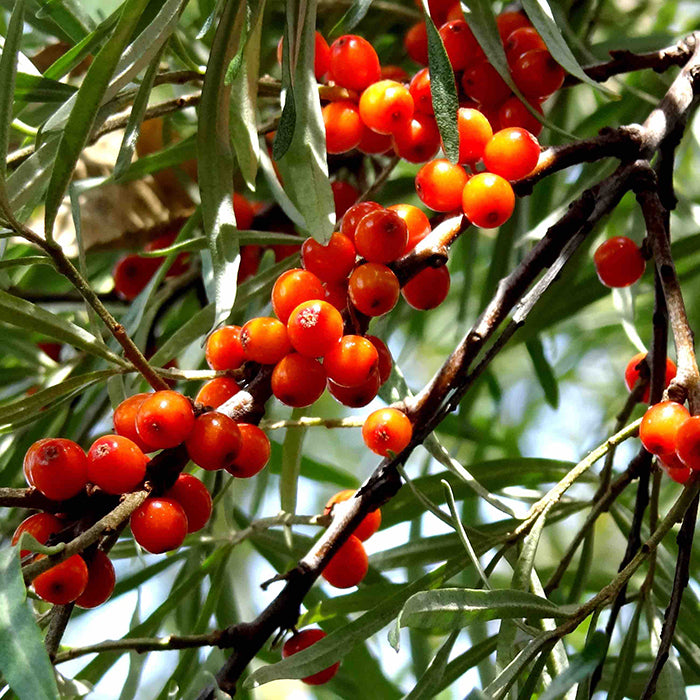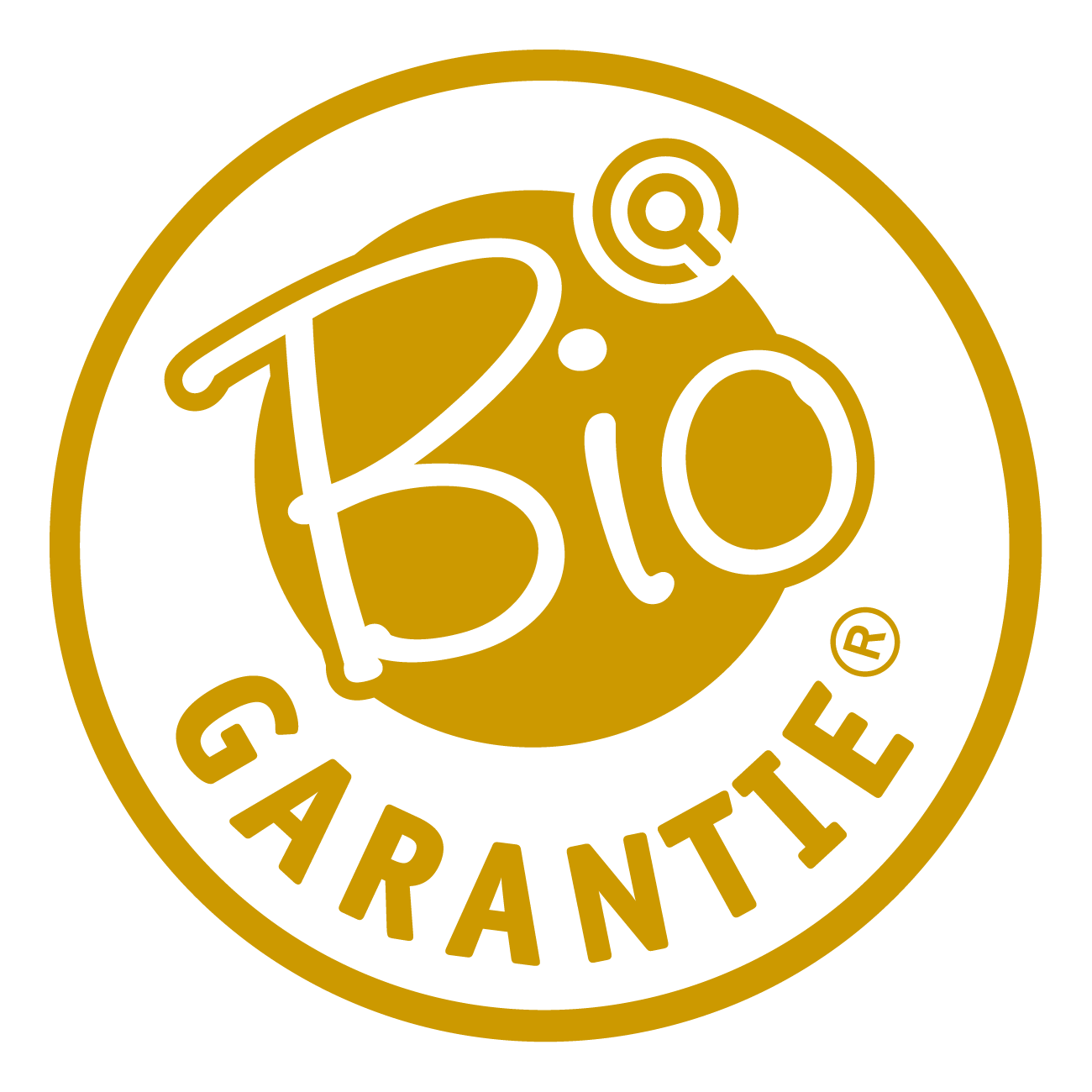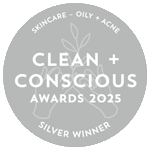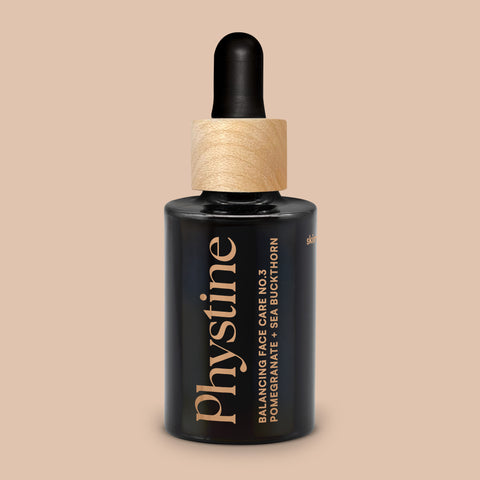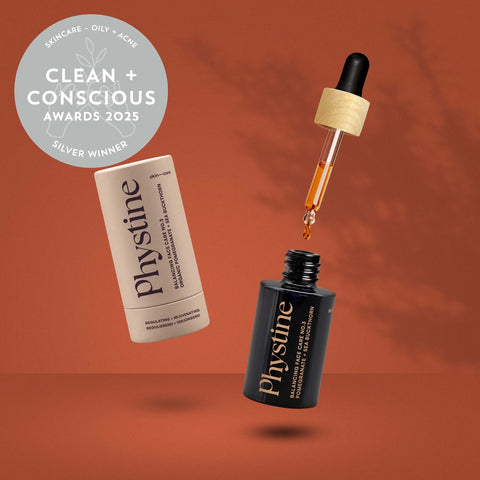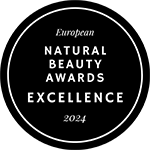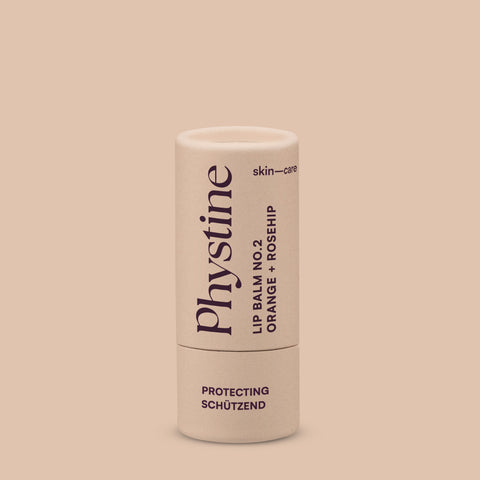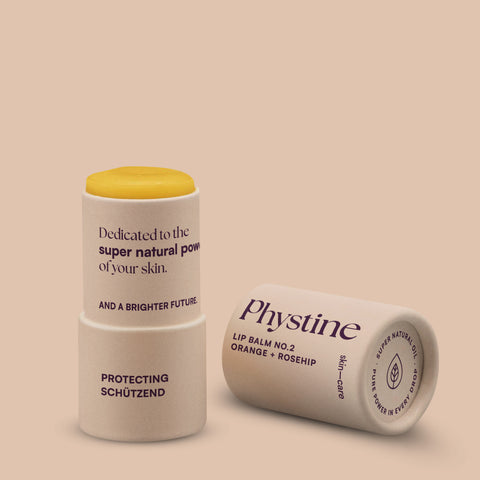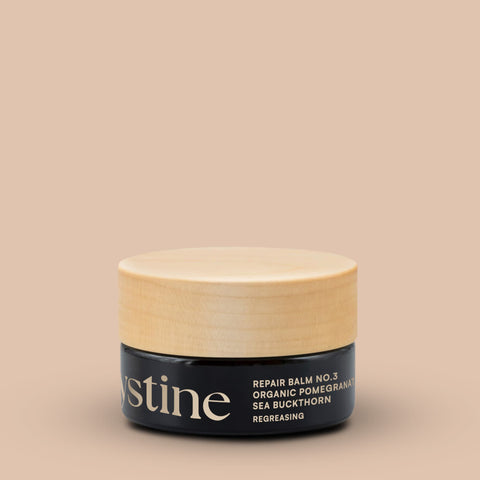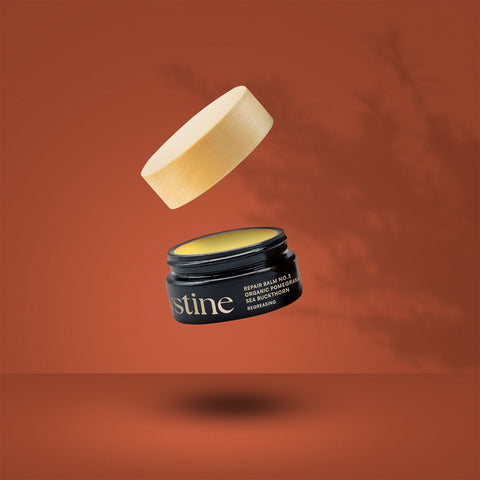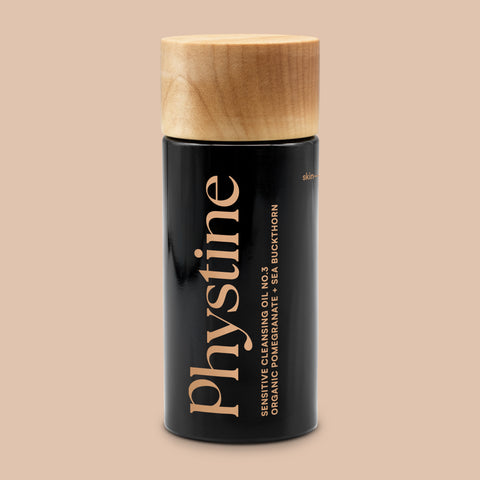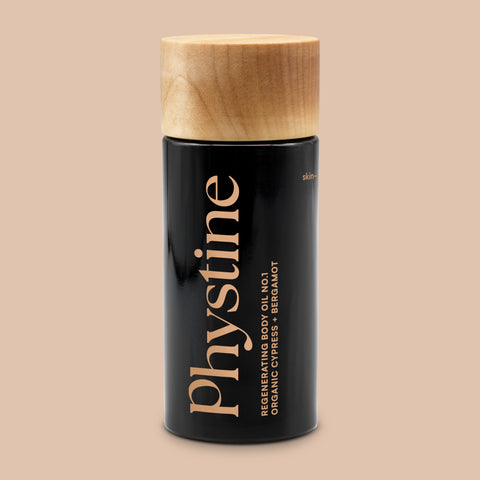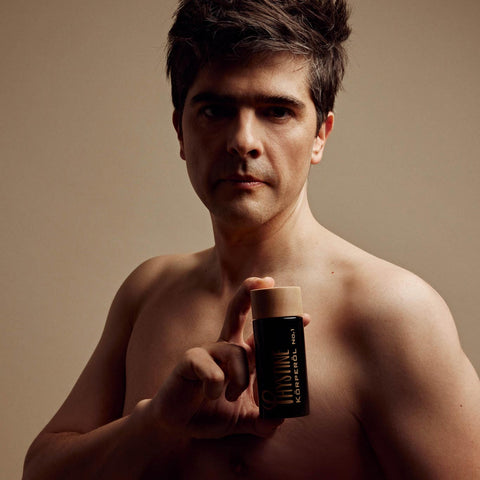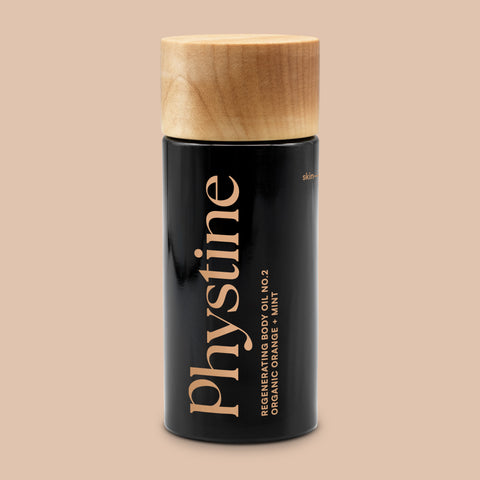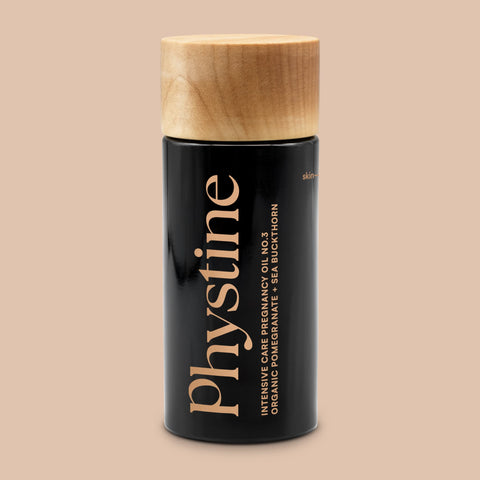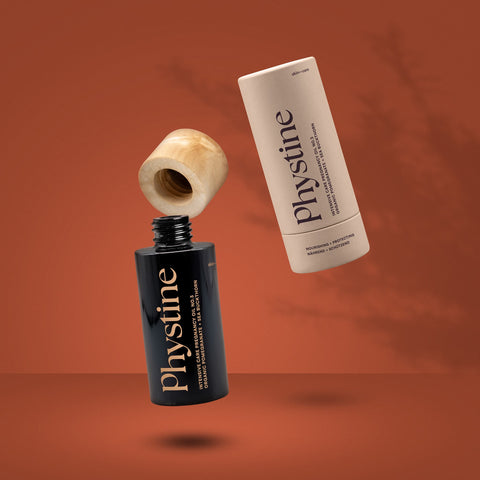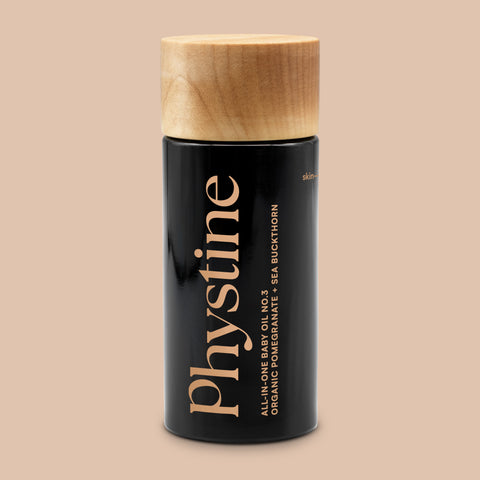The sea buckthorn, also called Hippophae Rhamnoides, is a real powerhouse. That's why it is often used in cosmetics and skin care products. The active ingredients it contains can perform small miracles when applied and effectively protect the skin against external influences such as sun or dryness.
Origin and appearance of sea buckthorn
Sea buckthorn is widespread in Central Asia. However, the sea buckthorn bush grows everywhere in a temperate maritime or continental climate - preferably on slightly moist sandy soils that are dry and calcareous in the upper layers, or on loamy and clay soils. The plant also thrives particularly well on river banks, sea coasts and in dunes.
Depending on the location, the sea buckthorn is a very branchy, thorny, willow-like shrub 1-3.5 m high. The heavily branched, rather upright sea buckthorn tree can reach a height of over 6 m. The uneven and bulky branches have smooth, dark reddish-brown bark. The fruits are bright orange-red, spherical berries.
Sea buckthorn oils and their special features
Depending on the method of extraction, sea buckthorn oil is divided into three different types of oil:
- pulp oil
- Seed oil
- pomace oil
The three types of sea buckthorn oil differ significantly in their active ingredient content and fatty acid composition. A special feature of the orange-red pulp oil is the high content of palmitoleic acid (around 35%), which is only present in very small quantities in other plants. Palmitoleic acid is a component of skin fat, which is why sea buckthorn pulp oil is particularly suitable for regenerating and caring for heavily stressed skin. It also contains valuable so-called unsaponifiable components with a high content of sterols, carotenoids and tocopherols as well as simple and essential fatty acids (e.g. omega-3 fatty acids). In addition, all fat-soluble vitamins are found in this oil - especially vitamins A and E, but also vitamin C, B1, B2, B3 and B9 as well as 14 trace elements and various minerals. The natural vitamin E content helps protect cells from oxidative stress.
Sea buckthorn pulp oil – CO2 extraction
The most active of these oils is sea buckthorn pulp oil. It is obtained by cold pressing, centrifugation or extraction with supercritical CO2. CO2 extracts are carriers of the strongest biological activity. This makes them particularly indispensable in the development of effective cosmetic and pharmaceutical products. CO2 extracts also have a lipophilic (= fat-loving) character. This makes it easier for the molecules of the biologically active substances contained in the extract to penetrate into the deeper layers of the skin and thus develop their effect.
When producing CO2 extracts, natural carbon dioxide (= CO2) is used as a solvent for the extract. Under very high pressure, the gaseous CO2 is compressed so much that it becomes liquid and flows through the plant material. In this way, the fragrances and active ingredients are dissolved without leaving behind solvents or other residues of inorganic salts, heavy metals or reproductive germs.
Once the pressure reduces, the CO2 returns to gaseous form and can be recycled for the next extraction process. What remains is a high-quality, pure and residue-free extract of the plant.
What is exciting is that the yield of sea buckthorn pulp oil using CO2 extraction is 12.5% higher than using other extraction methods.
Effect of sea buckthorn
Sea buckthorn has a regenerating and anti-inflammatory effect. This is why the fruit is often used in care products for irritated, dry skin and also for impure skin. Sea buckthorn can also be used to treat skin diseases such as acne or neurodermatitis.
Sea buckthorn intensively nourishes the skin, tightens the tissue and supports the skin's own protective barrier. The high-quality sea buckthorn pulp oil is used to prevent wrinkles and pigment disorders, as well as for allergic, sensitive and itching-prone skin.
Thanks to its high beta-carotene content, sea buckthorn offers natural sun protection and protects against the effects of free radicals. It is often used externally as prophylaxis and therapy for and against radiation damage to the skin (e.g. burns, sunburn, X-rays, etc.). Sea buckthorn can therefore be found in sun protection products and products to relieve sunburn.
PHYSTINE products with sea buckthorn
We use the regulating properties of the CO2-extracted sea buckthorn pulp extract in the following PHYSTINE care products:
Find out now about our care products that contain sea buckthorn pulp extract!
